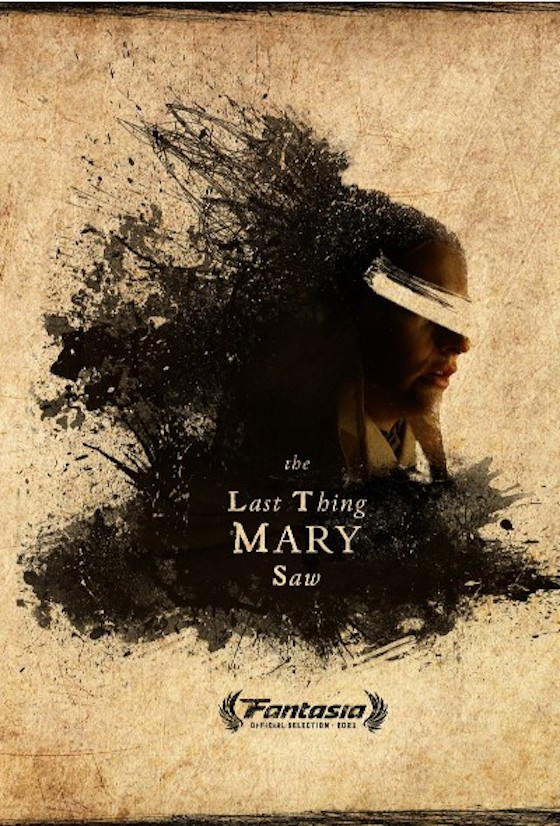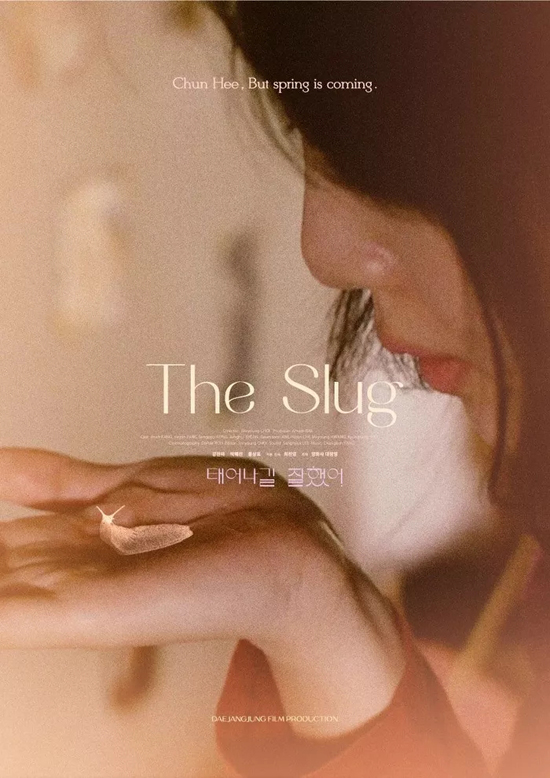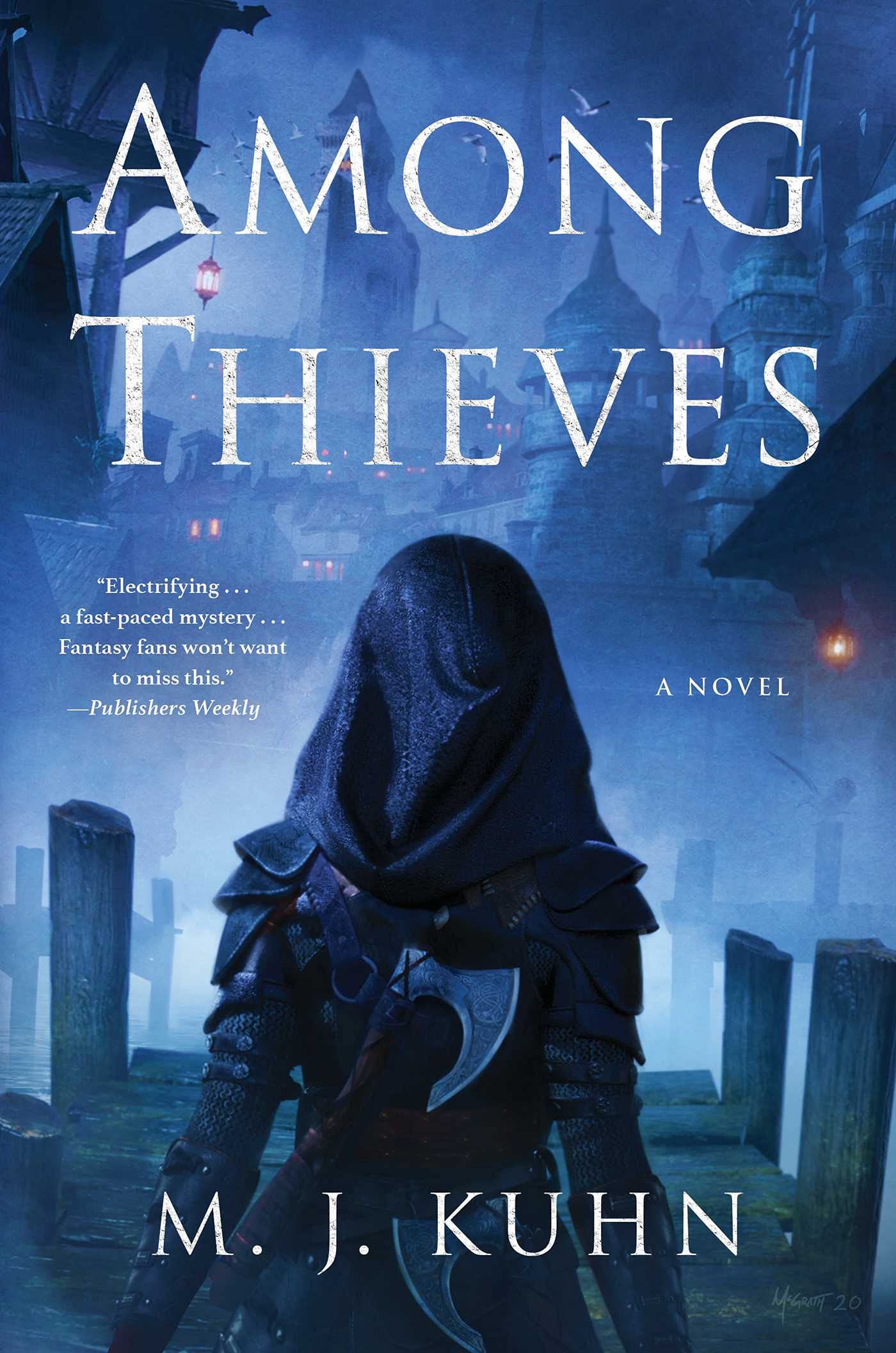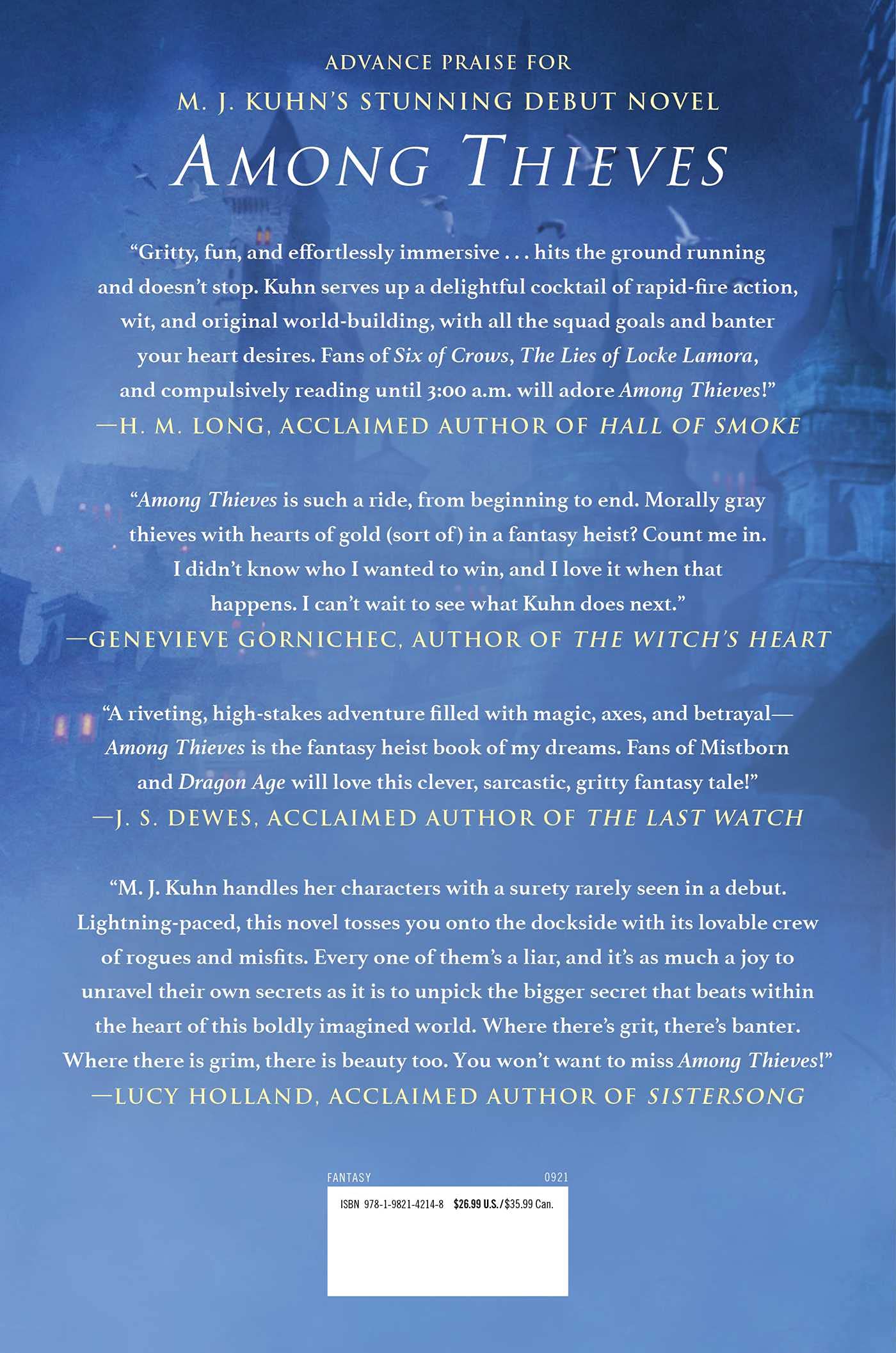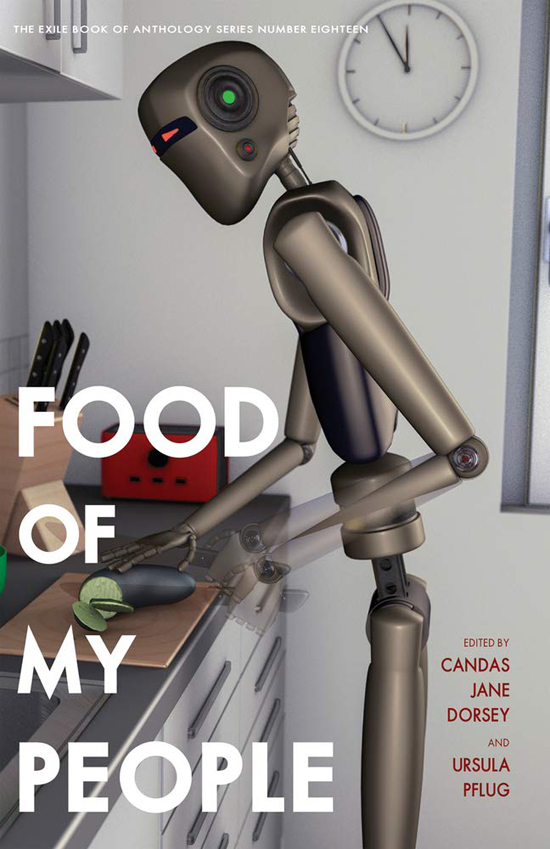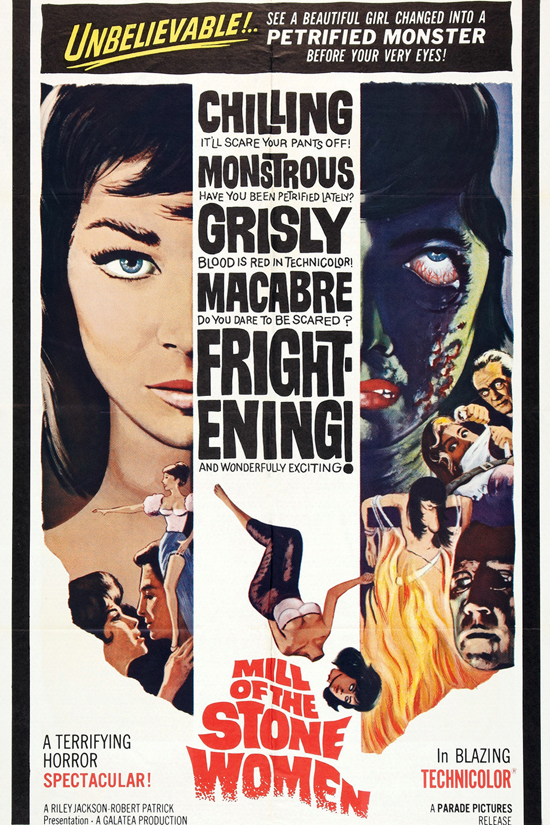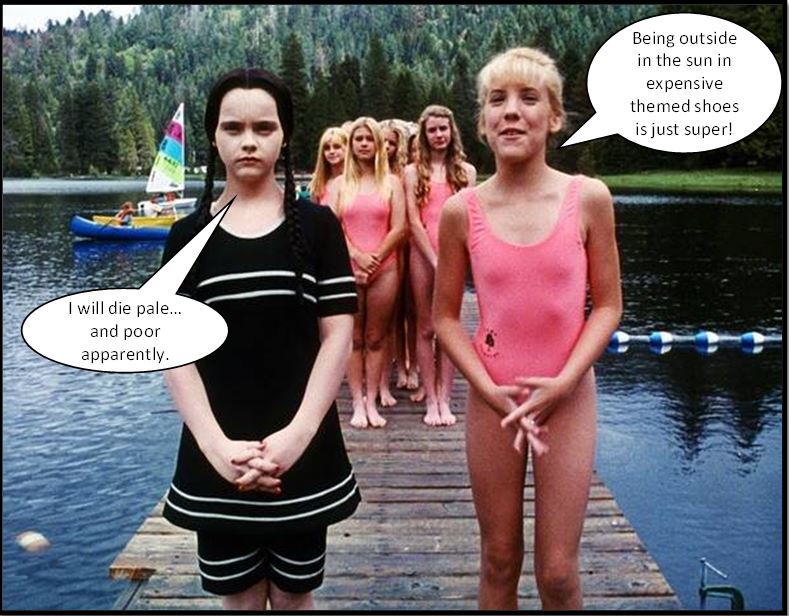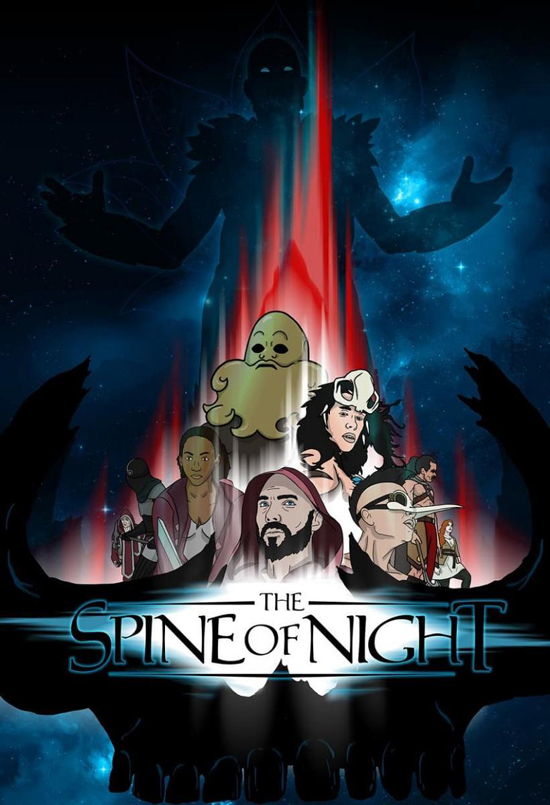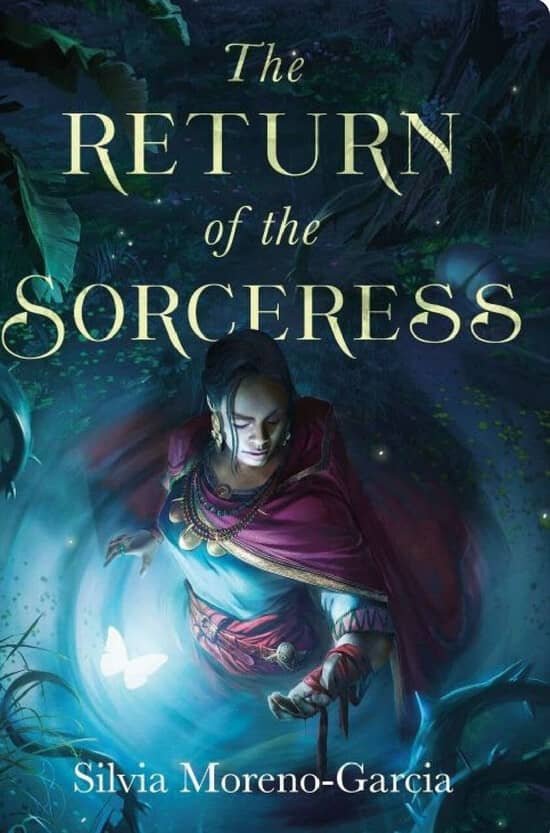Hard SF and Cosmic Lovecraftian Horror: The Fallen, Book 2 of The Outside by Ada Hoffman
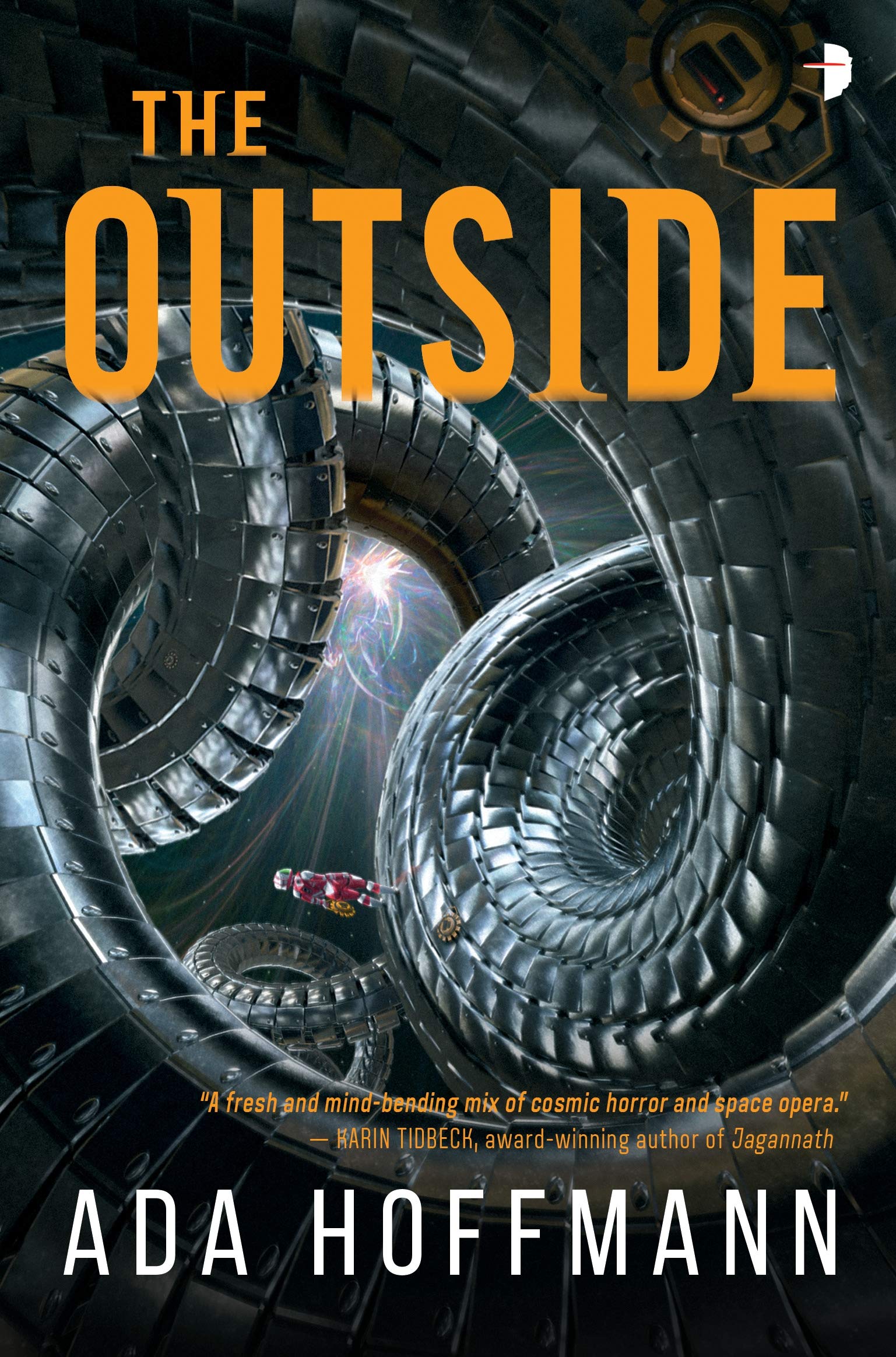 |
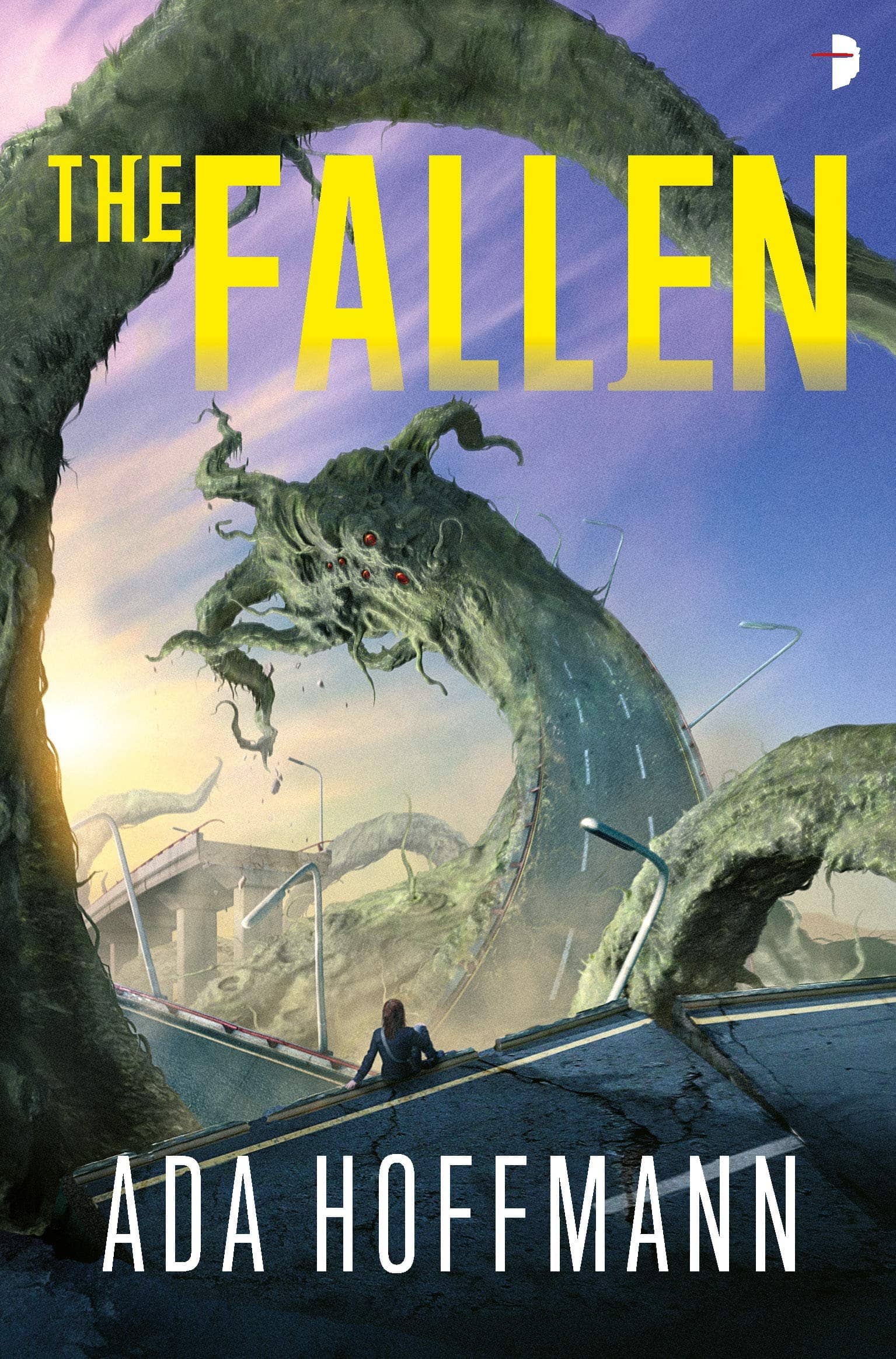 |
The Outside and The Fallen (Angry Robot, June 2019 and July 2021). Covers by Lee Gibbons.
Ada Hoffman’s The Outside (Angry Robot) hit the sweet of my favorite genres. The B&N SciFi & Fantasy Blog called it “starkly original, and tinged with hints of horror fantasy – truly operatic stuff,” and Kate Sherrod at The Skiffy and Fanty podcast labeled it
A boffo combination of hard science fiction, cosmic Lovecraftian horror, both cyber-and-god-punk, some ridiculously charismatic aliens, and a fascinating female protagonist somewhere on the autism spectrum… Ada Hoffmann’s The Outside feels like it was made to order for us.
OK, maybe my favorite genres are a little eclectic, but you gotta admit that sounds good. And you can understand my immediate interest in the sequel, The Fallen, which arrived this summer. Here’s all the details.
